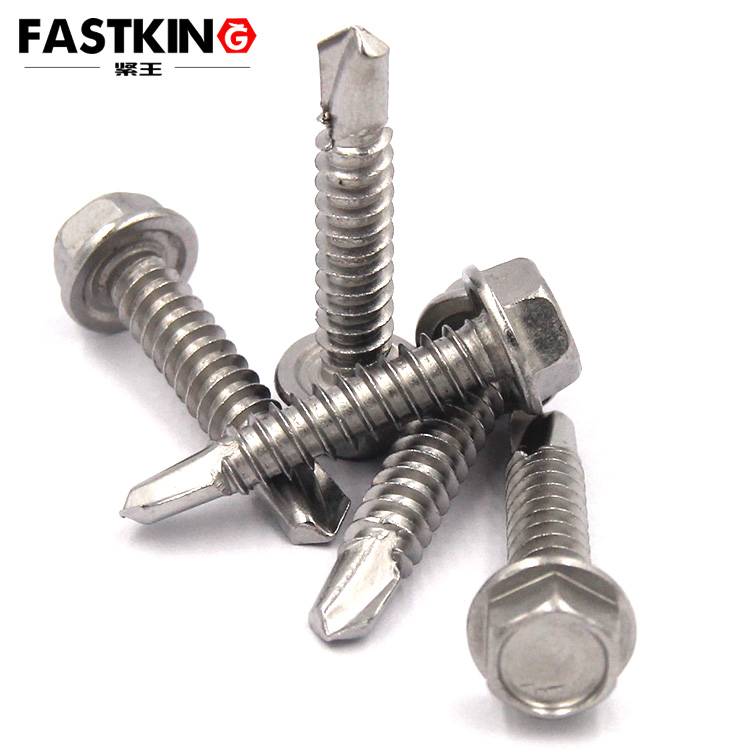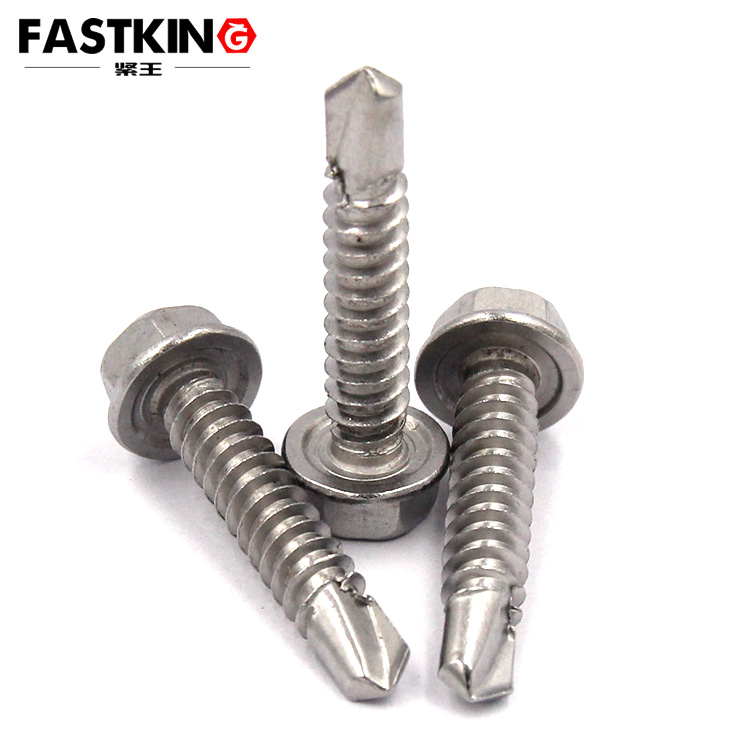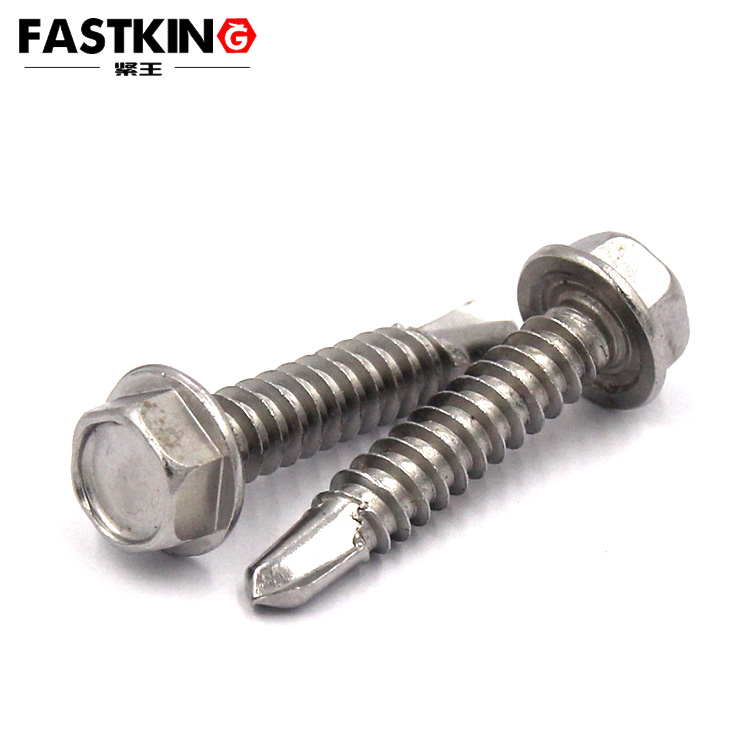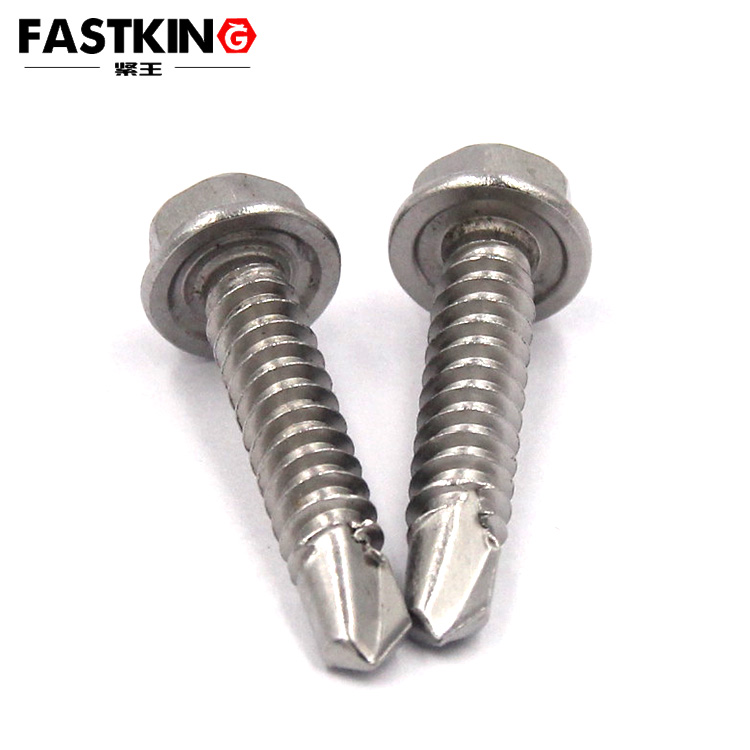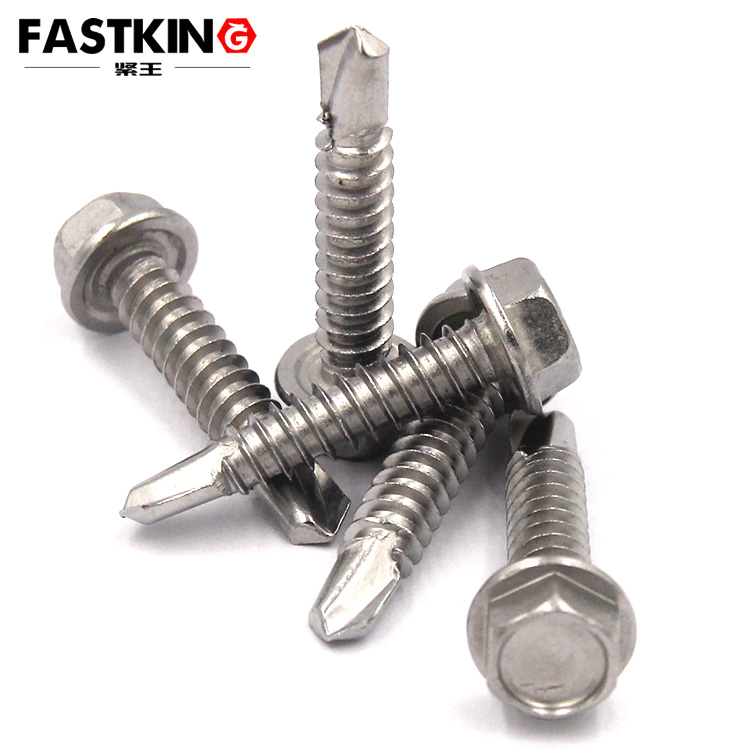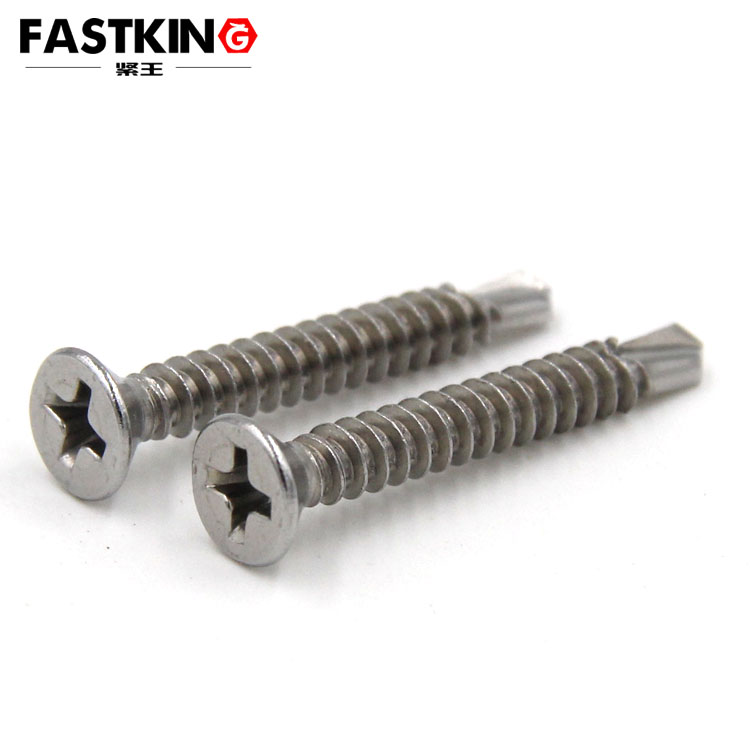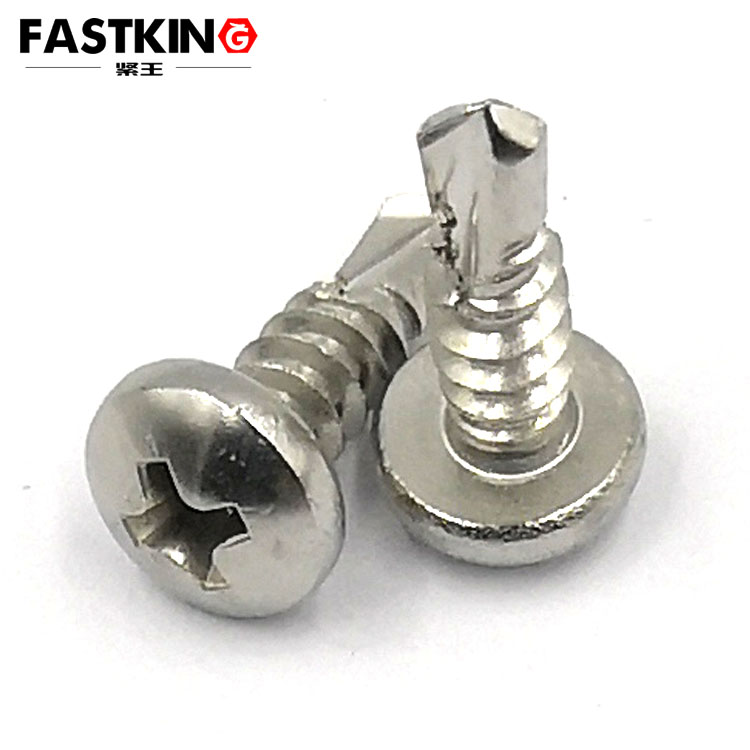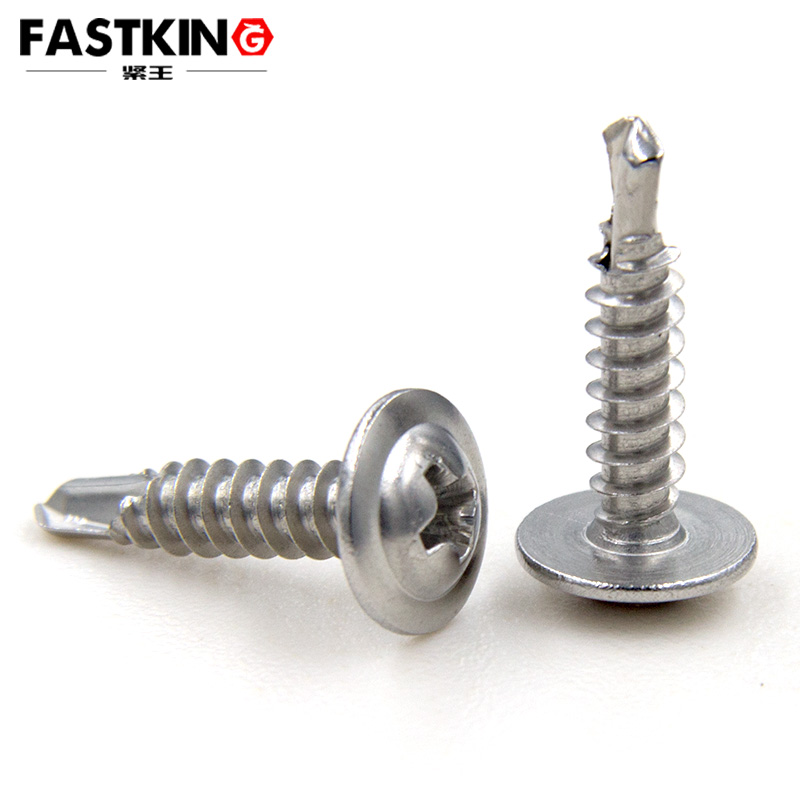Hexagon flange drill tail DIN7504 (k)
- Product description:The tail of the drill tail screw is in the shape of drill tail or sharp tail, which can be directly drilled, tapped and locked on the setting materials and basic materials without auxiliary processing
Hexagon flange drill tail DIN7504 (k)
Material: stainless steel 304316, grade 8.8 high strength and grade 12.9 high strength
Product standard:l DIN7504 (k)
It can also support non-standard customization.
Their most critical design lies in the tail shape — adopting a drill-tip or pointed-tip design (different from the flat-tip or round-tip of ordinary screws). The tail integrates a "drilling" function, eliminating the need for additional drills or hole-punching tools and enabling an "all-in-one fastener" operation logic.
Compared with traditional ordinary screws, the advantages of self-drilling screws focus on three dimensions: "construction efficiency", "connection stability" and "operation threshold". The specific differences are as follows:
Self-drilling screws are originally designed to be compatible with "thin, easy-to-drill metal/plate substrates". Their core application fields include:
-
Core Scenario: Fixing of color steel plates in steel structures (e.g., installation of color steel roofs/walls in factories and warehouses, which can directly penetrate color steel plates and steel structure purlins to achieve fast fixing).
-
Extended Scenarios: Fixing of thin plates in simple buildings (e.g., connection of thin iron sheets and aluminum alloy plates in prefabricated houses, or fixing of thin metal frames for light billboards).
-
Note: Not applicable to high-density/high-hardness substrates such as thick steel plates (thickness > 5mm), concrete and solid wood. For such substrates, the traditional combination of "drilling + tapping + ordinary screws" is still required.
-
Matching Tools: Electric screwdrivers or impact drills (equipped with matching specifications of bits) must be used. Manual twisting should be avoided (as it may easily cause tail wear and failure to drill holes).
-
Substrate Inspection: Confirm that there are no obstacles such as internal steel bars or pipelines in the substrate to prevent damage to the internal structure during drilling.
-
Specification Selection: Select the screw length according to the thickness of the plate (it is recommended that the exposed thread length after the screw penetrates the substrate is 3-5mm to ensure the tightening force).
